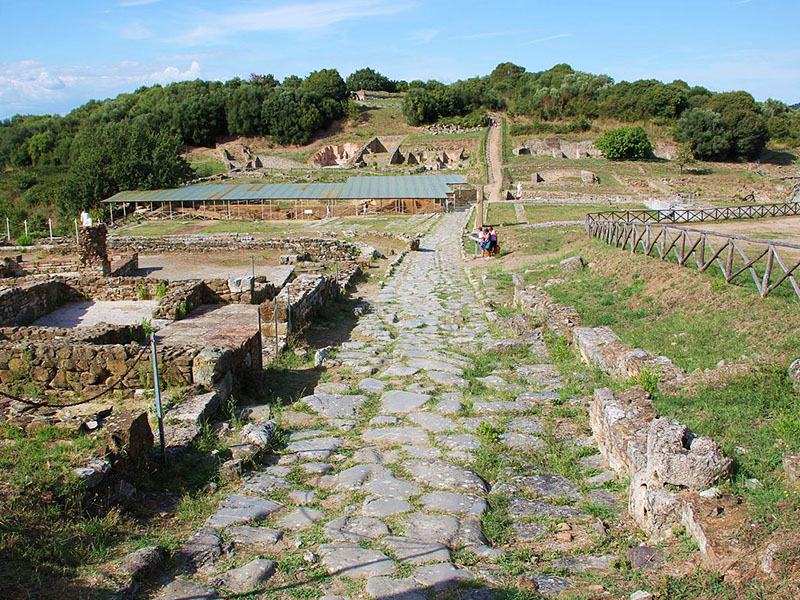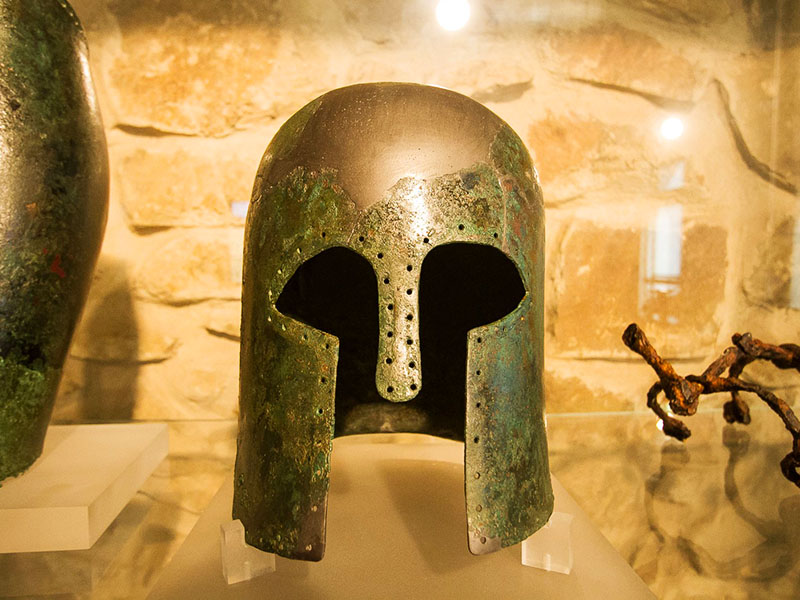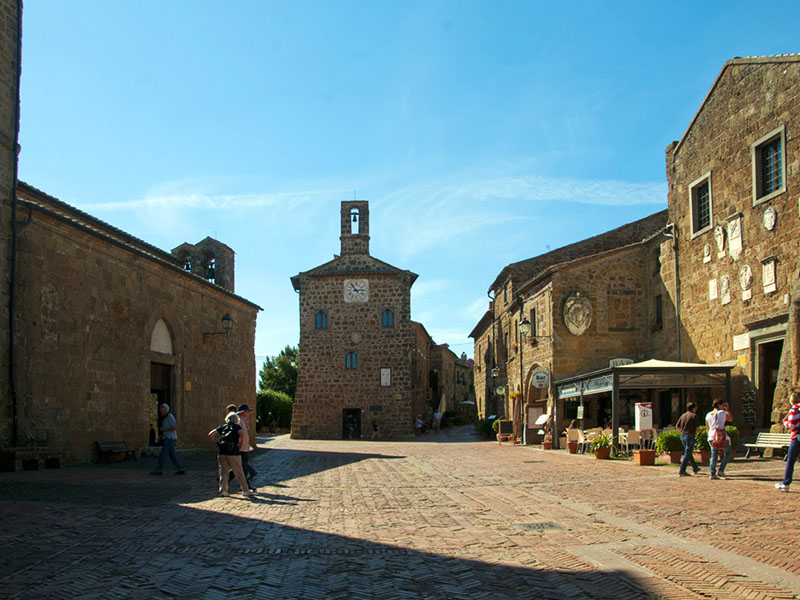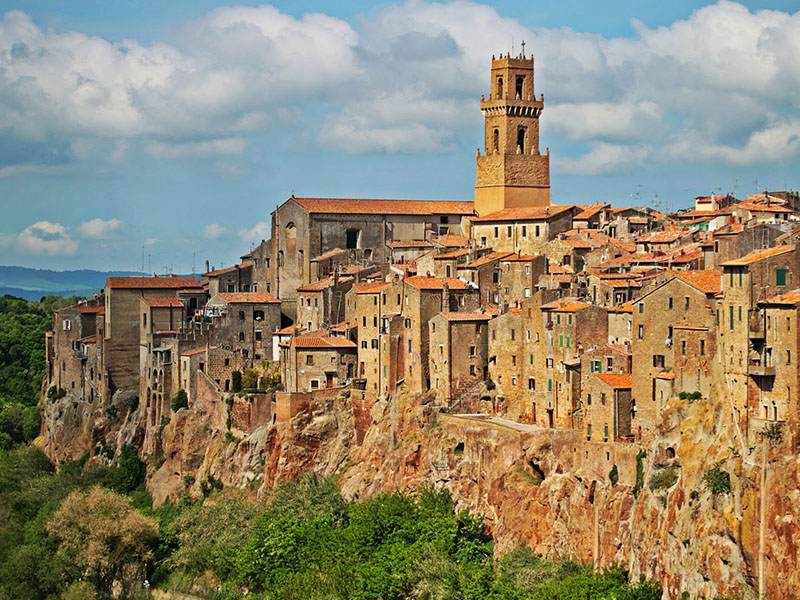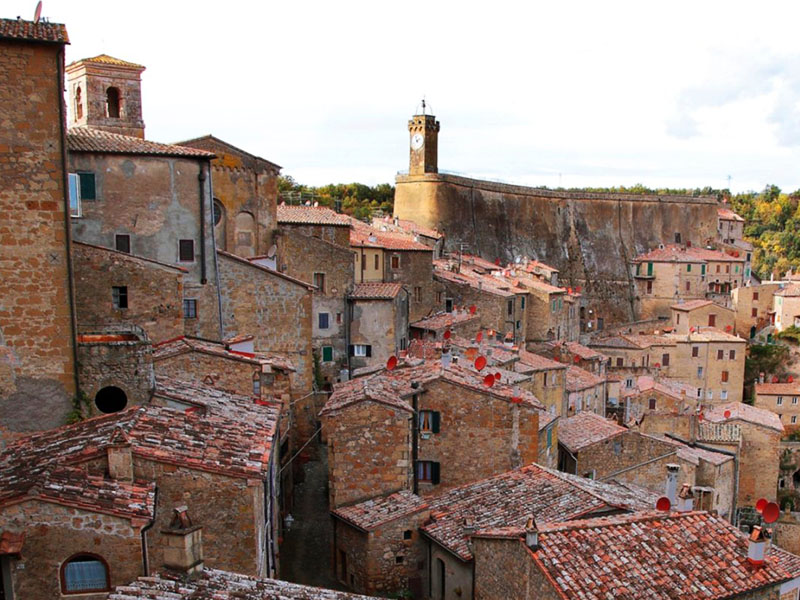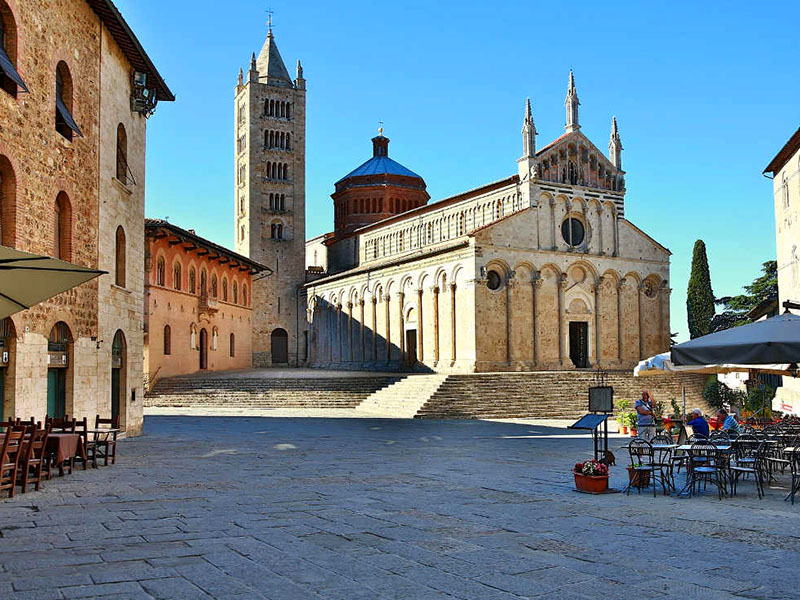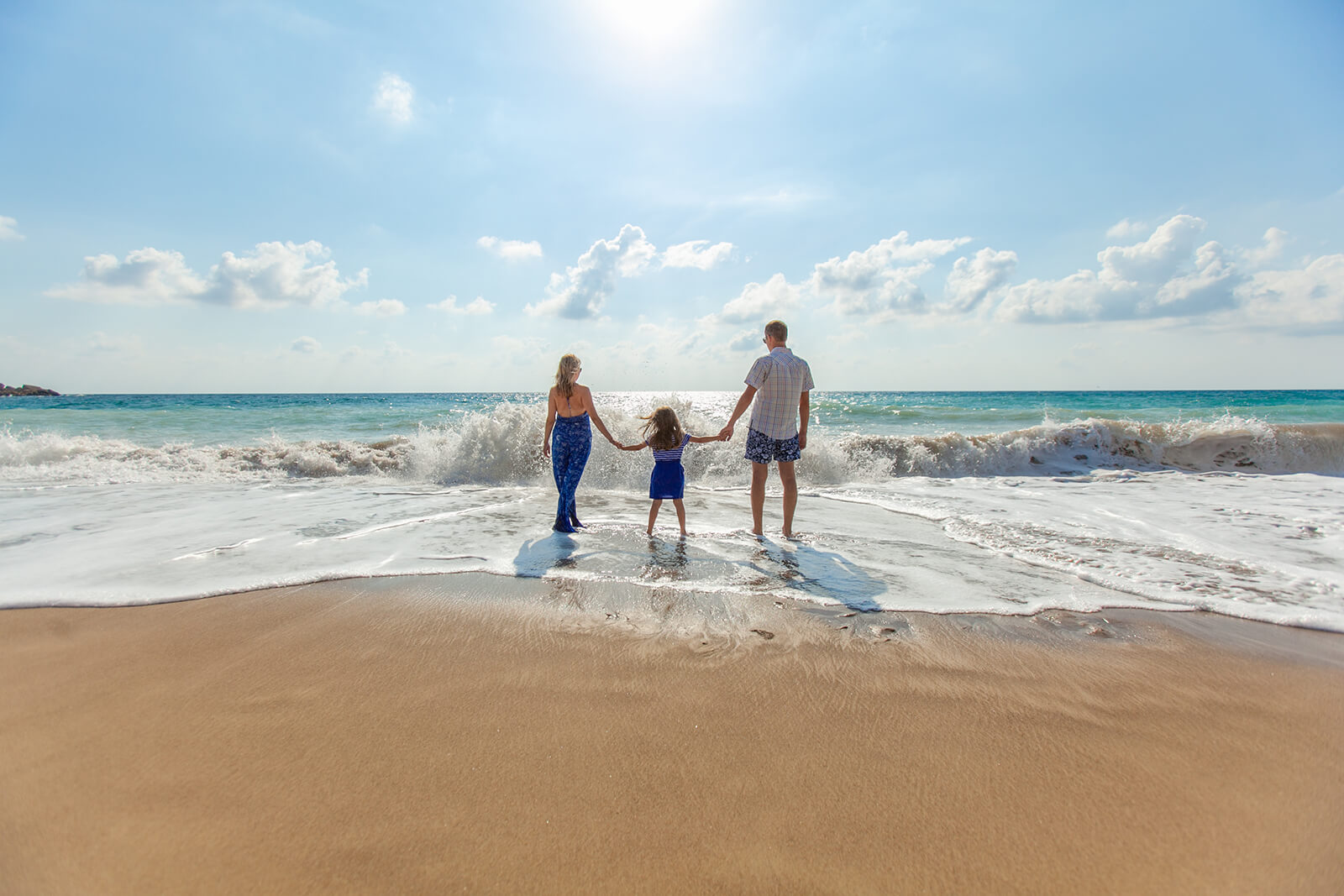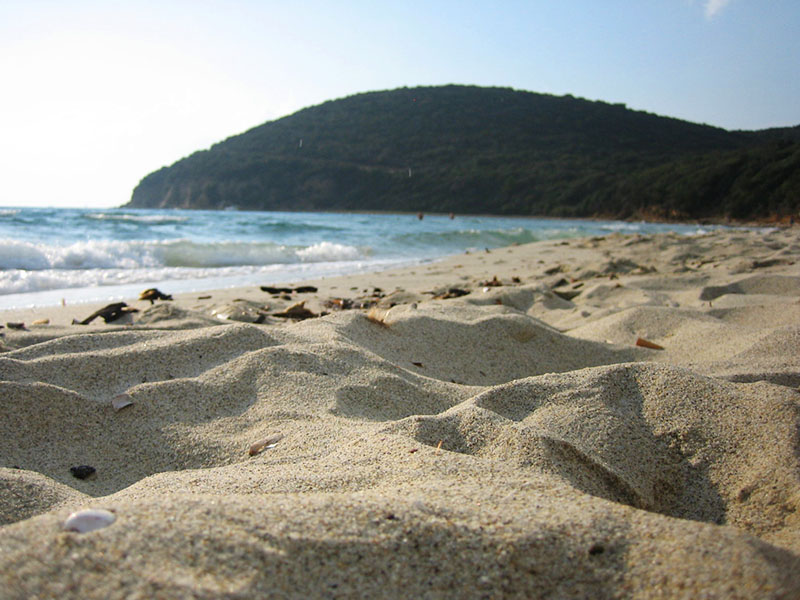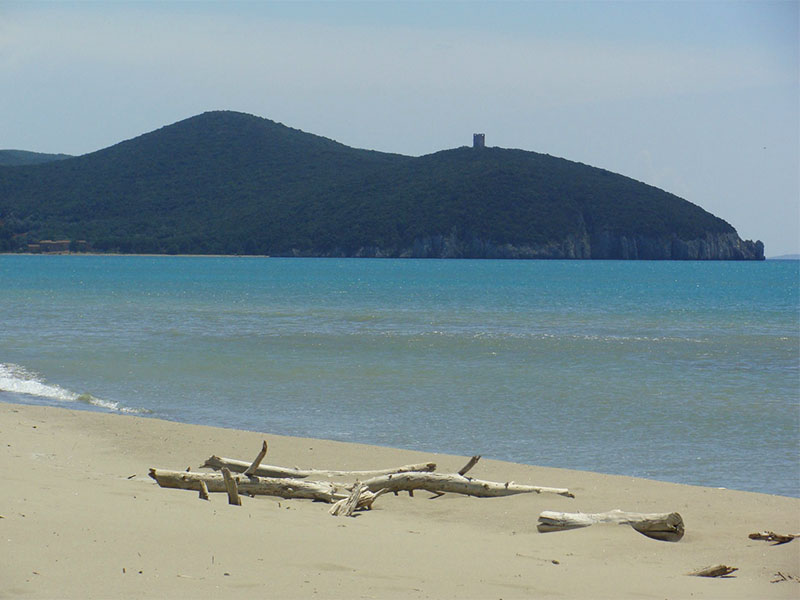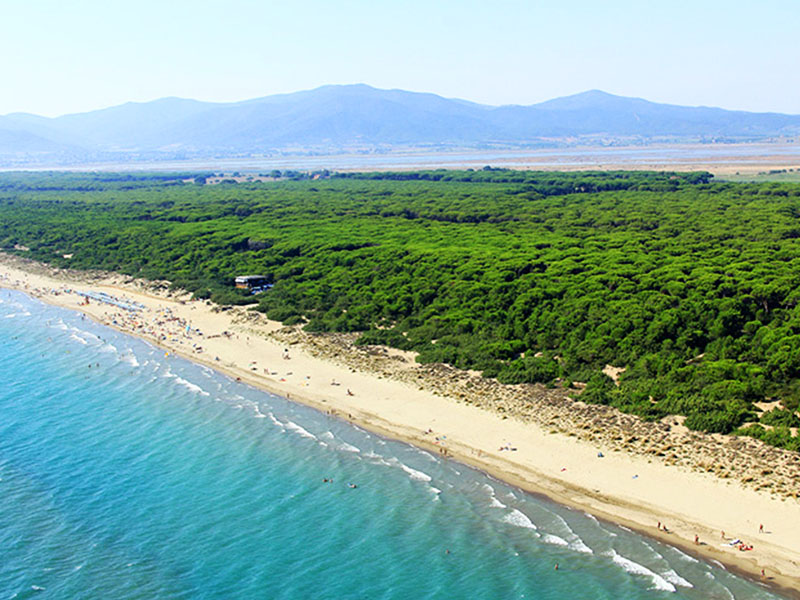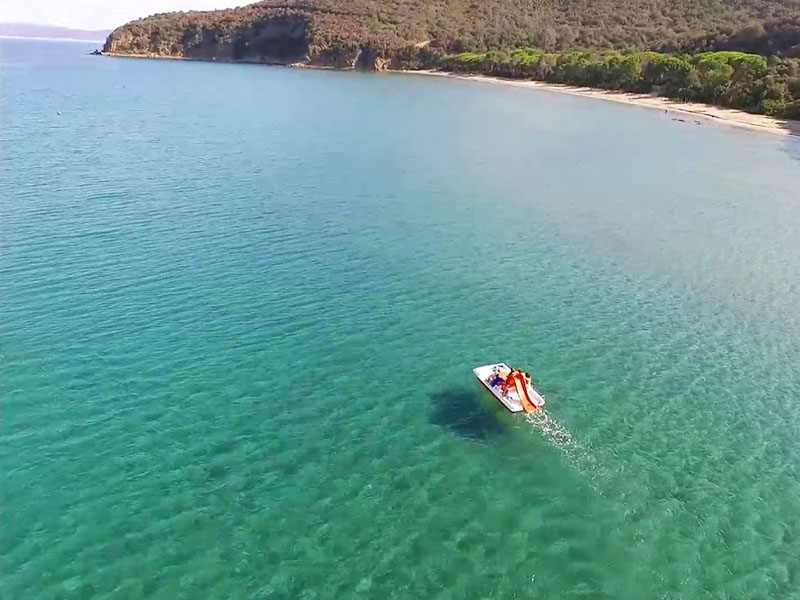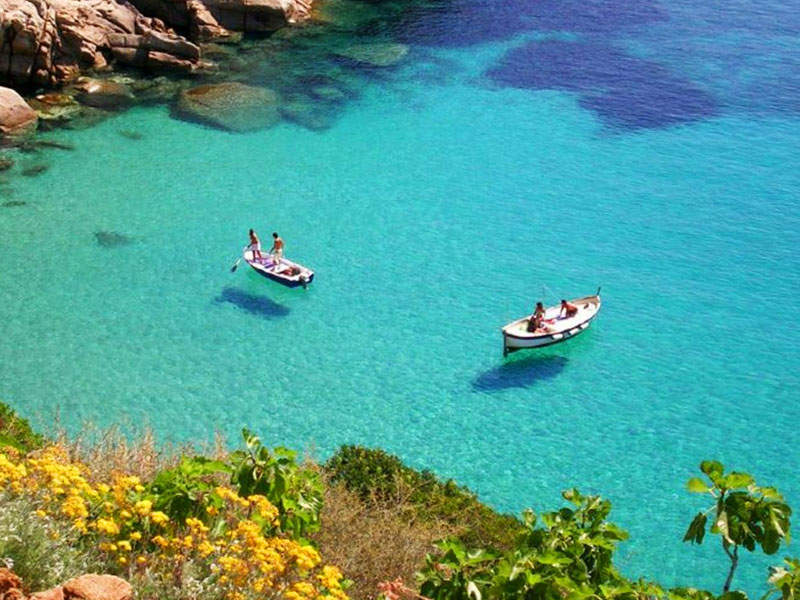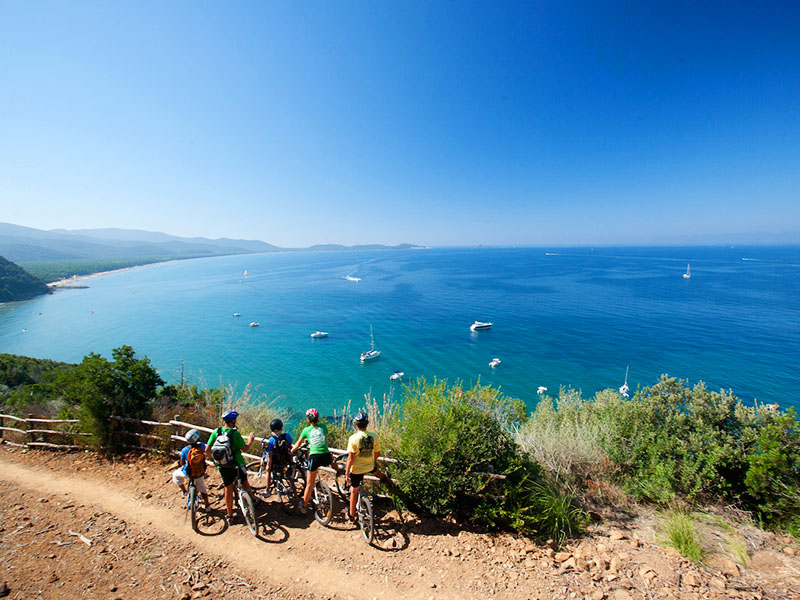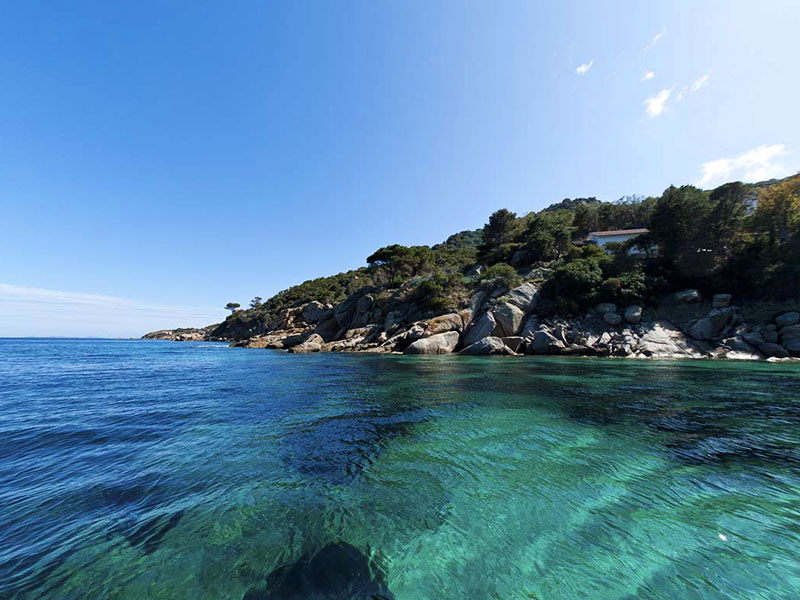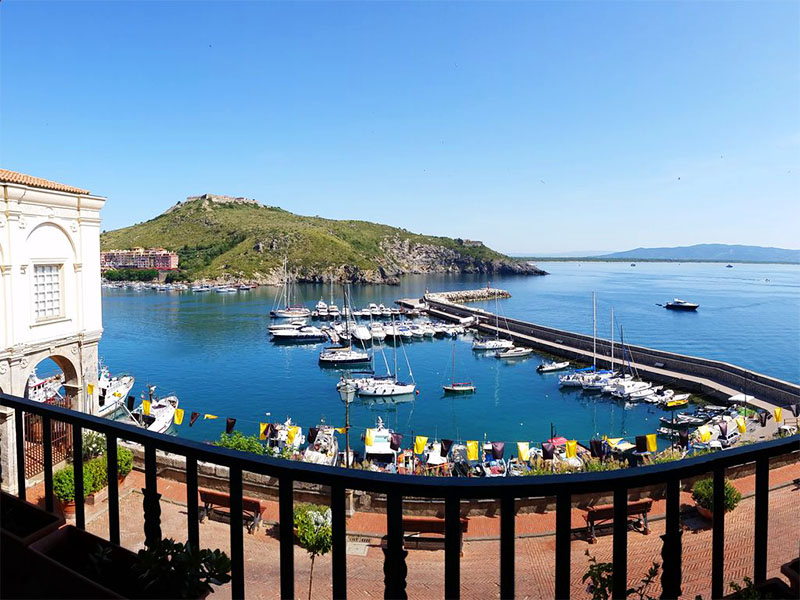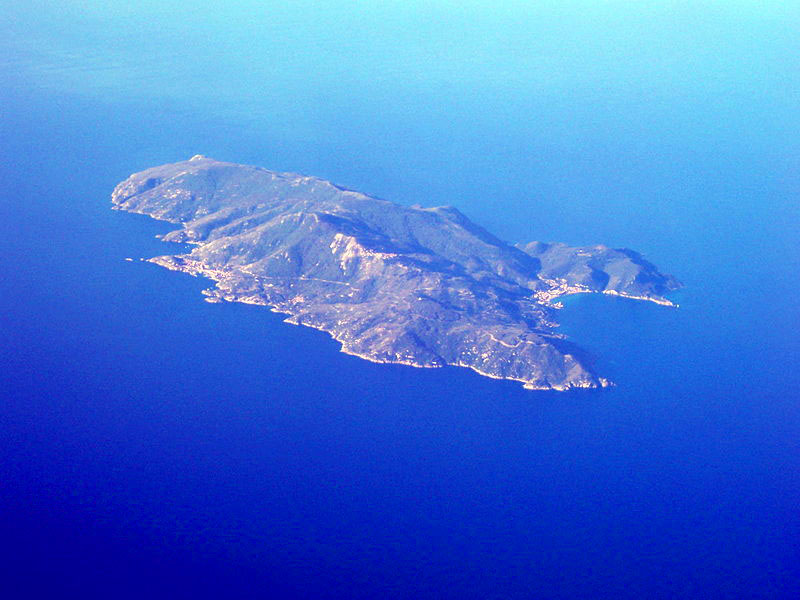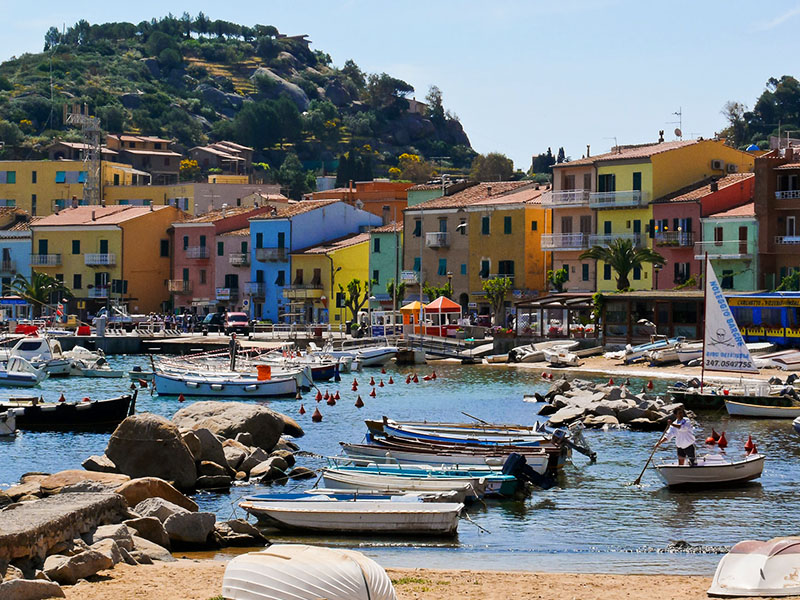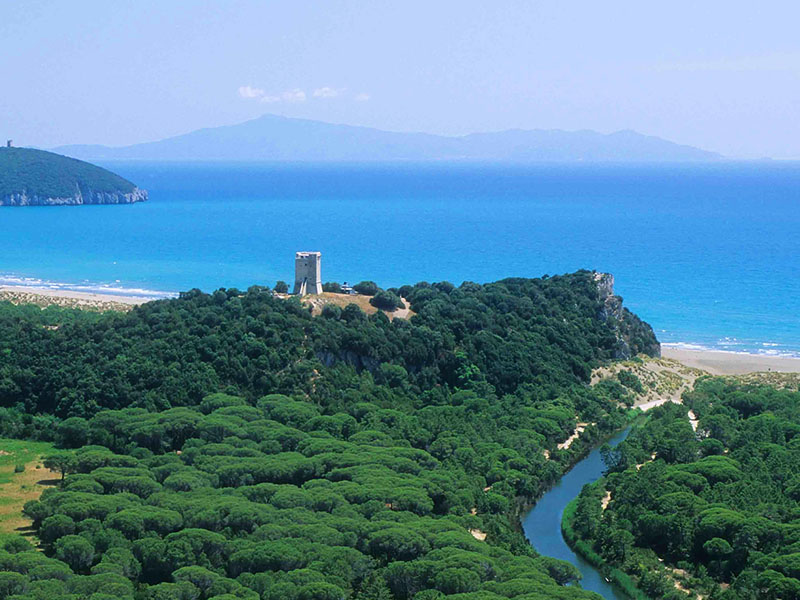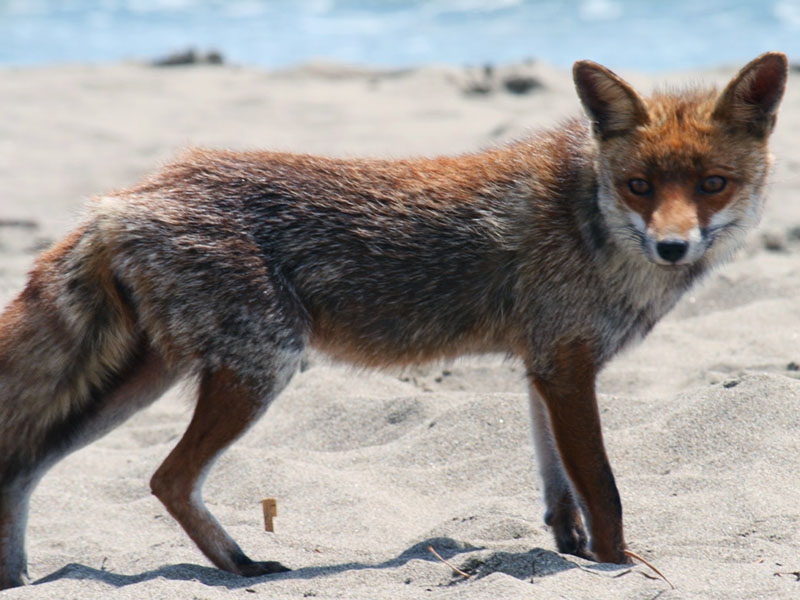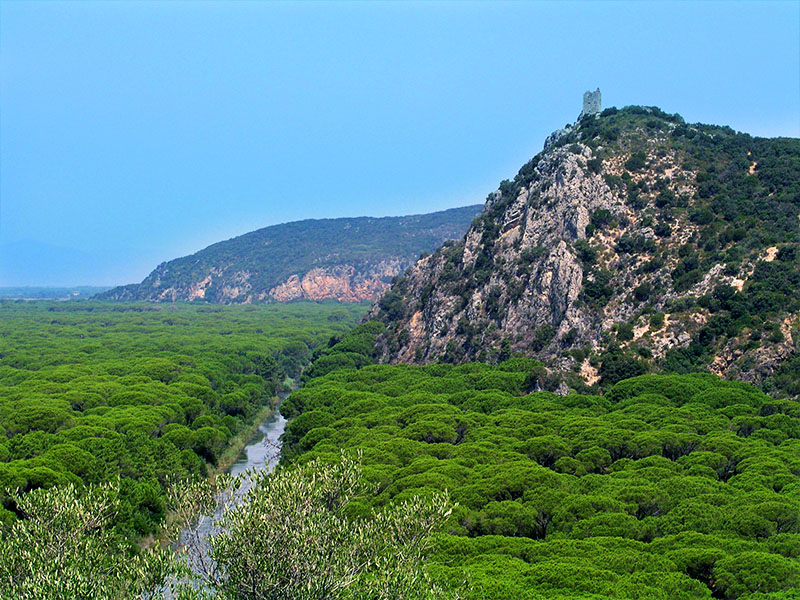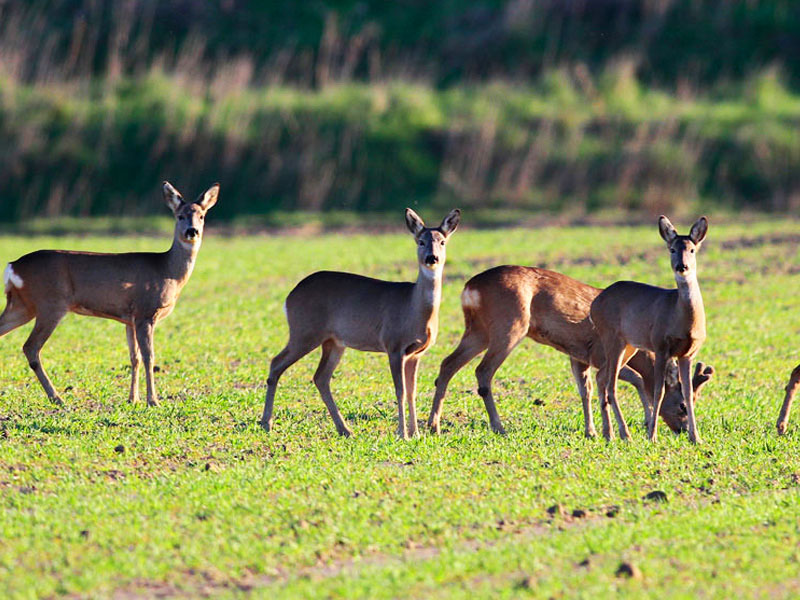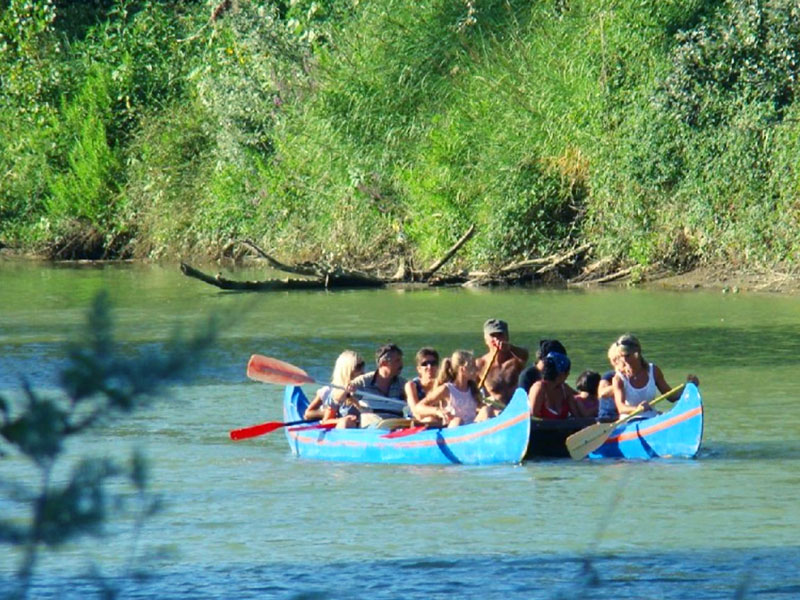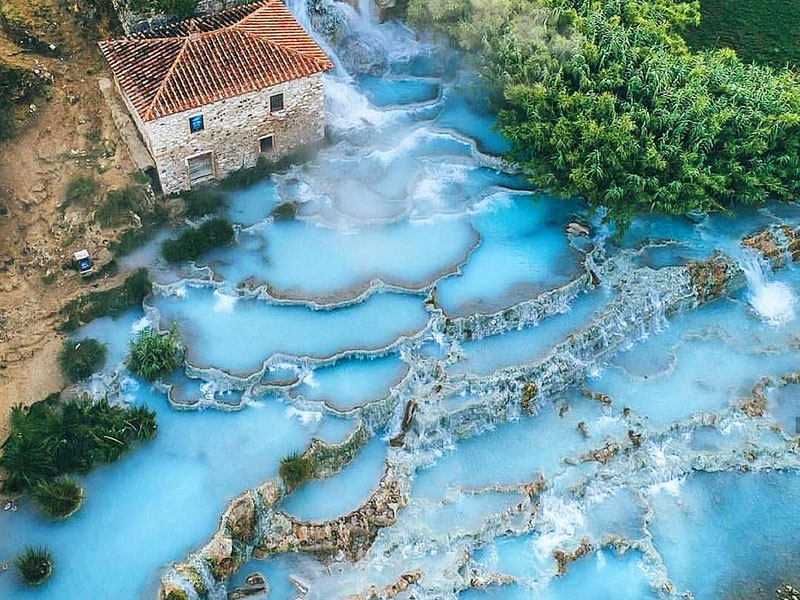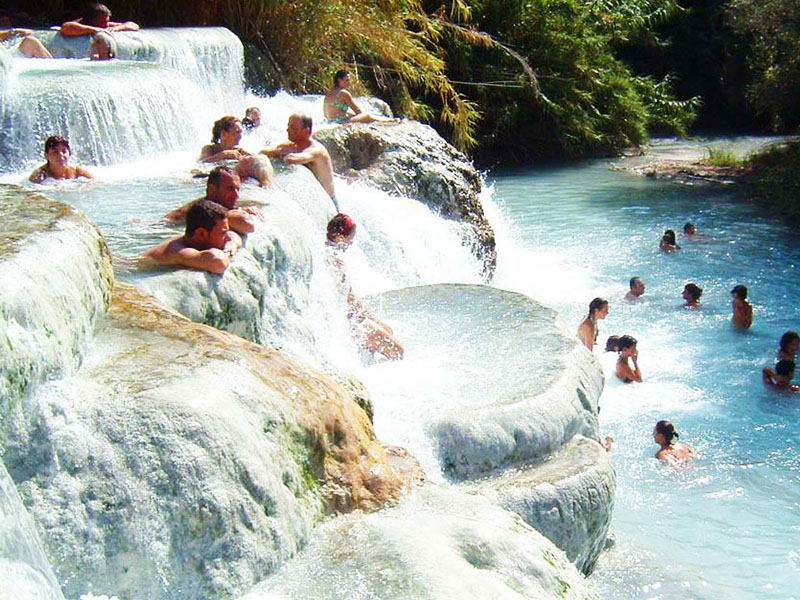Maremma Toscana
Art & Culture, Sea, Nature Routes
Agriturismo Poggio al Vento is located in a strategic position for tourism because, although situated in open countryside on the gentle hills of the Maremma, is less than 20 km from the beach Alberese and the Park of Maremma, Principina a Mare and Marina Grosseto, and less 30 km from Castiglione della Pescaia, a charming tourist town famous throughout Italy.
Agriturismo Poggio al Vento is not only suitable for lovers of the sea, but also to those who are interested in the world of art, history, nature and sport.
Grosseto is located right in the middle of Italy just 180 km from Rome, a city of art and history par excellence, 75 km from Siena’s famous historic town known for the Palio, and 150 km from Florence, the European capital cities culture, all easily accessible by public transport or by car.
Art & Culture
Archaeological Area of Roselle (km 15)
The archaeological area of Roselle is now one of the most interesting archaeological areas of Italy, as it contains the remains of the ancient city of Roselle founded by the Etruscans in the seventh century BC.
Important for fishing and trade, with other cities of the interior, Roselle became one of the most important Etruscan cities in the area. In 294 BC it was invaded by the Romans, that enlarged and embellished the city with spas, villas and an amphitheater among the best preserved of the area. In the sixth century, Roselle was invaded by barbarians and lost its primacy, then after the fall of Maremma, that in the Middle Ages became a lagoon and then a plain unhealthy, Roselle was virtually abandoned until the reclamation area at the end of 700. But in the ’50s came to light in its entirety by a long series of excavations.
VETULONIA (km 32)
Another important Etruscan city was Vetulonia. Situated in the valley of the river Bruna around the area of Lake Prile, Vetulonia developed during Etruscan period thanks to his mines and extended his control over the Metalliferous Hills. The history and the settlements that have followed over the centuries and which constituted the remains of the Vetulonia are attested by a vast archaeological area, which preserves some vestiges of the walls of Vetulonia built right by the Etruscans to defend the city. The archaeological area is characterized by impressive necropolis where are recognizable tombs of the Villanova and Etruscan period (Tomb of the Belvedere, the Mound of Pietrera, the Mound Diavolino, the Duce’s Tomb, the Tomb of Littorio).
Cities of Tuff
Symbol representing the towns of Sovana, Pitigliano and Sorano is tuff, an element that has always characterized the area, the whole territory is of volcanic origin and is indented by enormous buttresses carved tufa rock from many rooms, once inhabited and still used today as storage or shelter for farm implements.
Tuff is linked to the history of this part of Maremma, over time this rock has allowed ancient peoples prehistoric, Etruscan and medieval to exploit and shape the area with cemeteries, roads, columbaria and more.
Even the exiting villages with the houses leaning against each other and built in tuff, give the impression of being one with the rocky cliffs below.
SOVANA (km 76)
Sovana, charming villages, is a rare jewel of medieval town planning.
From 7th to 3rd century BC was a flourishing Etruscan town, dating to this period is the important Etruscan necropolis with its grave called Tomb Ildebranda shaped greek temple. It was also an important city in Roman times, so much so that in the early centuries of Christianity became a bishopric.
It was conquered by the Lombards (594), and became a dominion of the Duchy Aldobrandeschi which came to include the whole province of Grosseto. Then passed to the Orsini family for inheritance and was sacked and destroyed by the Sienese in 1410. Remained in a state of great neglect for centuries, has had the fortune to arrive intact to this day in her medieval dress.
We can admire the Fortress Aldobrandesca, the Cathedral of Santi Pietro e Paolo, the Church of Santa Maria Maggiore, the Church of San Mamiliano and more.
PITIGLIANO (km 82)
One can stand open-mouthed when coming from the coast, after countless curves, leaning on a spur of tufa, appears Pitigliano: beautiful village (it was included among the “most beautiful villages in Italy”), whose homes are often confused with the underlying rock.
This town is the same for centuries: a maze of narrow streets that follow one another, sometimes alleys so narrow that a person is hard to pass. Here, every era has left a mark: Etruscan, Roman and Medieval. Here every people has eroded tuff, creating a city under the city tunnels, wells, tombs and cellars.
Pitigliano is also called Little Jerusalem because in the middle of 800 settled there a large Jewish community from Livorno. Today you can admire the still functioning syangogue and the museum dedicated to the community.
SORANO (km 74)
The town of Sorano stands perched on an imposing tuff, an element that gives the country’s grandeur and charm. Sorano is situated in the territory inhabited by the Etruscans and the Roman and is truly one of the most beautiful countries in the tuff.
The area of Sorano is full of evidence of the presence of the Etruscans, but the village has medieval origins.
The original masters of the town of Sorano were the Aldobrandeschi to which followed the Counts Orsini, the Republic of Siena and finally the Grand Duchy of Tuscany under the Medici. Numerous monuments to visit including the Boulder Leopoldina, the Orsini Fortress, and the Park of San Rocco, situated across the valley as to watch over Sorano.
Metalliferous Hills
MASSA MARITTIMA (km 52)
Massa Marittima is a town of art lies between the metalliferous hills, surrounded by the countryside and rich in historical, environmental and architectural legacy of a prosperous past. From medieval until the new city, you can run along the ancient and steep alleys, that are intertwined in the old town and climb to the top of the village. Here it is easy to find nice corner and vantage points overlooking the valley until sea. Many of the most significant places are enclosed by the square of the town: the magnificent Cathedral of St. Cerbone, the Palazzo Comunale, the Sources that surround the famous fresco of Abundance and the Palazzo del Podesta seat of the archaeological museum.
Towards the New Town, buildings dating from the thirteenth century: St. Peter Orto, the cloister of St. Augustine, the Tower of Candlestick and the Fortezza Senese.
Beaches and Sea
Beaches around
Real strength and attractiveness of our area is the sea with its beaches. The coast has a wide choice for every taste of beach lovers.
Surrounding it is possible to find the wild and unspoiled beaches of Principina a Mare (km 20), where the Maremma Park begins, and Alberese (km 15), Fiumara (km 22) and Marze (km 25) between Marina di Grosseto and Castiglione della Pescaia.
Those who prefer the comfort of the beaches and the village life with clubs and restaurants, remain satisfied with the services provided by Marina di Grosseto (20 km) and Castiglione della Pescaia (km 30) or Punta Ala (50 km north) and the Argentario (40 km south), places where you can also rent small boats to explore the coastlines and bays not accessible.
From Porto Ercole (km 54) you can board the ferry that connects the Isle of Giglio (½ hour), wild pearl of the Tuscan Archipelago.
Nature Routes
Maremma Natural Park (km 20)
The Maremma Natural Park overlooking the Tyrrhenian Sea and the park of Tuscan archipelago, extends for 25 km with a chain of hills descending towards the sea, sandy beaches and cliffs, surrounded by swamps, pine forests, fields and pastures. Among intense aromas of herbs, berries and colorful calls of animals, the park welcomes visitors showing his sweet side, yet wild. The park is open all year, seven days a week. Before entering you must purchase the tickets at the visitor centers. Routes can be walked individually and in groups, whether or not accompanied by a guide, based on time of year.
Besides walking routes are also planned within the park horse trails and canoe routes.
Canoe routes: within the Park, guided canoeing on the River Ombrone. Canadian canoes are used which are stable type catamaran canoes, and unsinkable, prepared to accommodate even non-experts or non-swimmers or small children.
Guided horseback riding: horse riding is another fun and enjoyable way to learn about the park and spend some time in contact with nature. There are several options that allow to experienced and beginners of riding around the protected area.
For information on the various itineraries and reservations call the park visitor center Phone 0564/407098
http://www.parco-maremma.it
TERME DI SATURNIA (km 45)
Saturnia and its sulfur springs flowing from the ground at a constant temperature of 37 ° were already known at the time of the Etruscans who had identified the source “miraculous” healing. The Romans were later to benefit from creating real buildings for therapeutic exploitation of the source. Indeed, the composition of this water has healing properties for skin, respiratory and musculoskeletal system.
There are two options to enjoy the benefits of these waters: plunge into the Gorello Falls, where you can swim when you want without paying anything, or if you want more comfort, you can go to the Terme di Saturnia Spa just 200 mt. away from the Gorello Falls.
Here you can find pools, paths at different temperatures in thermal and swimming pools and a beautiful spa.


